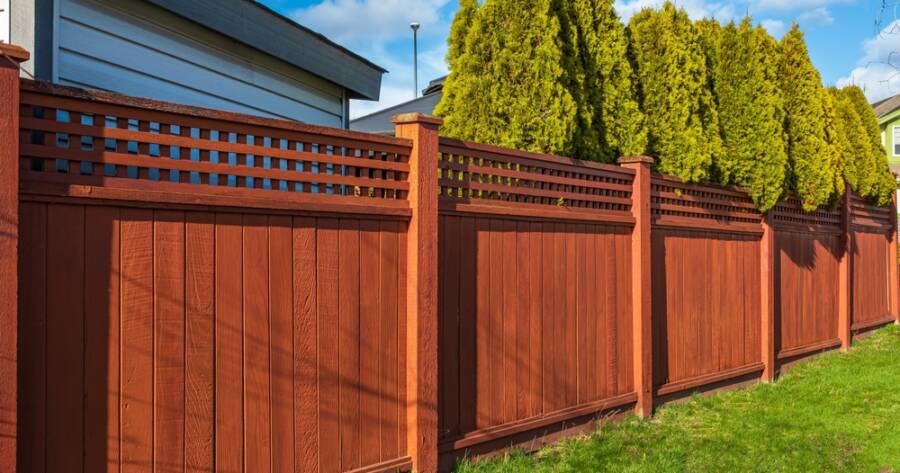Installing a fence can enhance your property’s privacy, security, and aesthetic appeal. However, before diving into the process, it’s important to understand the costs involved. The total expense can vary greatly depending on factors like material, size, and labor. Knowing what to expect will help you budget more effectively and make informed decisions. By breaking down the key components of fence installation, you can plan for the project and ensure it aligns with your financial goals.
The Average Cost of Installing a Fence and What Influences the Price
The cost to install a fence varies based on several factors. On average, U.S. homeowners spend around $3,211 for installation, with most costs ranging between $1,856 and $4,751. The price can be influenced by the length of the fence, the type of material used, and any additional features like gates. For instance, privacy fences typically cost more due to the larger material requirements. Additionally, factors like land leveling, tree removal, and labor will also impact the final cost. Understanding these variables will help you create a more accurate budget for your fence installation.
Budgeting for Your Fence Installation
When budgeting for fence installation, it’s essential to consider not just the material and labor but also additional costs that can add up. Permits, removal of old fences, and features like gates can increase the overall price. To estimate the total cost, calculate the linear footage of the fence and choose a material that fits within your budget. Always get a few quotes from different companies to ensure you’re getting a fair price. Factor in other potential expenses like landscaping, tree removal, or land leveling, especially if your property has uneven terrain.
DIY Fence Installation vs. Hiring a Professional
Installing a fence yourself can save money on labor costs, but it requires significant effort, time, and expertise. DIY installation is best suited for small, simple projects and when you have the right tools. On the other hand, hiring a professional ensures a quicker, more efficient installation. Fence contractors can also handle complex tasks, such as land grading or working around existing structures, which might be difficult to manage on your own. Weigh the pros and cons of each option based on the size of your project and your level of experience.
Choosing the Right Fence Material for Your Budget
The type of material you select will largely determine the cost of your fence. Chain-link fences are the most affordable option, while wood, aluminum, and PVC come at higher price points. For instance, a wood fence averages $10 to $30 per linear foot, while an aluminum fence may cost $20 to $45 per foot. If you want a more luxurious option, iron or vinyl fences can run even higher. Consider both your aesthetic preferences and your budget when selecting a material to ensure that the investment is practical in the long term.
When to Add Extra Features to Your Fence
While gates, post caps, and decorative elements can enhance the look of your fence, they also come with additional costs. Basic gates may cost as little as $150, but more elaborate gates can range from $400 to $1,200. Decorative post caps may add $30 to $150 per cap, and concrete for post bases costs around $0.30 per pound. If you’re planning to install an automatic gate, be prepared for an even higher price tag. These extra features can significantly improve the look of your fence, but they should be factored into your overall budget.
Considering Long-Term Costs: Maintenance and Painting
Even after your fence is installed, ongoing maintenance and painting or staining may be required, depending on the material. A wood fence, for example, may need to be stained every few years to preserve its appearance and longevity, which can cost anywhere from $3.50 to $13 per linear foot. Regular maintenance, such as checking for loose posts, rust, or rotting wood, will also help extend the life of your fence. Factor these long-term costs into your budget when considering which material to use for your fence installation.
Making the Right Choice for Your Fence Installation Budget
When it comes to fence installation, careful planning and budgeting are key to ensuring you get the best value for your money. By understanding the factors that influence cost—such as material, size, and additional features—you can make an informed decision that fits your needs and budget. Whether you choose to go the DIY route or hire a professional, consider long-term costs like maintenance to ensure your fence stands the test of time. Take the time to compare quotes and materials to create a solution that works best for you.
